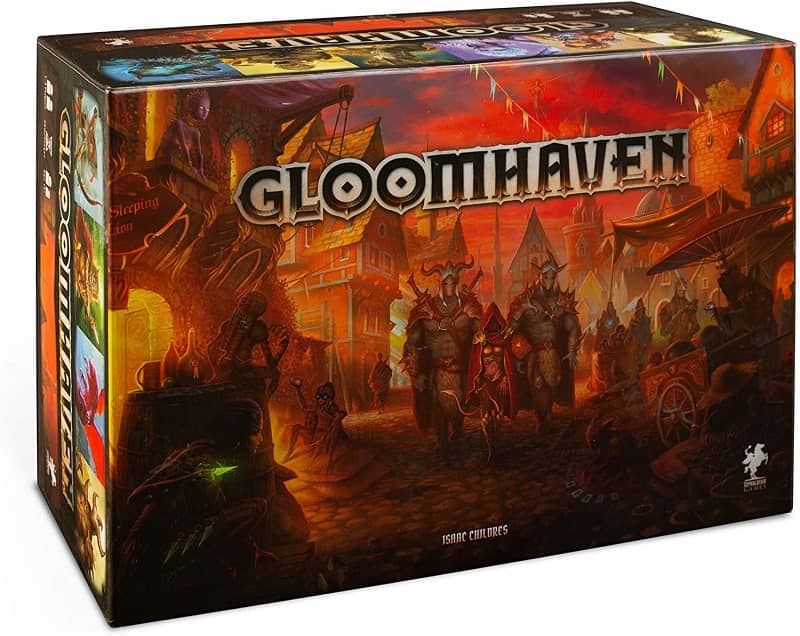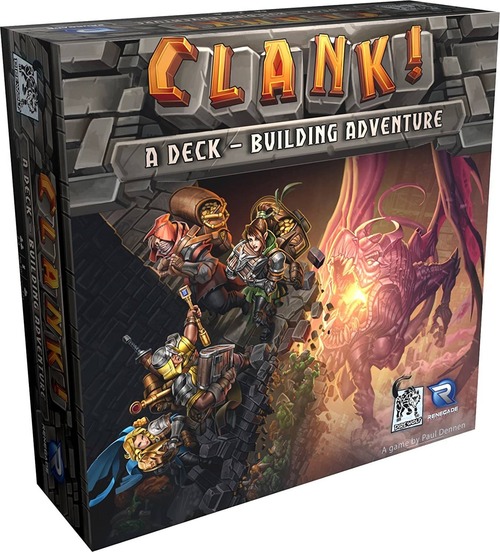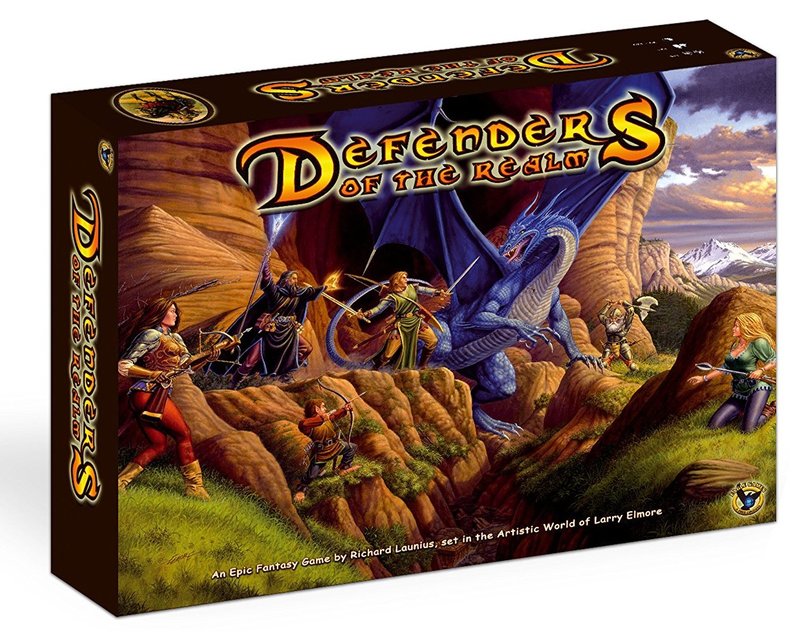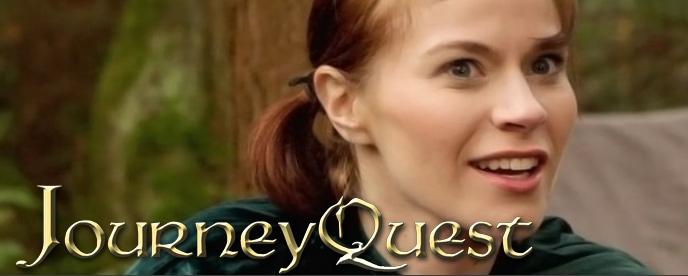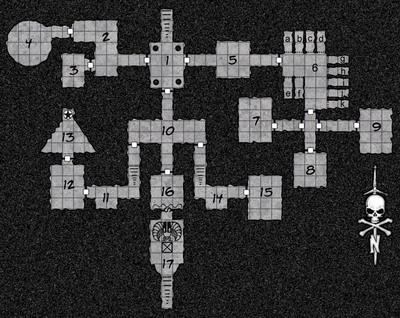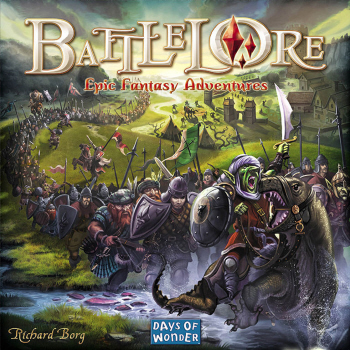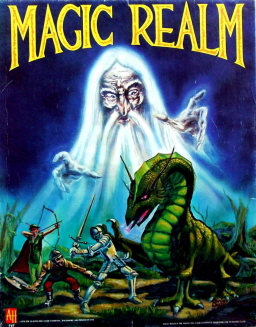Gloomhaven, or How We Spent 2018 (and Wish We’d Spent 2019)
For a year, the only board game my wife and I played was Gloomhaven. We completed 33 scenarios, which is about half what it typically takes to complete the campaign. We were looking forward to playing little else for the next year, but alas, life interfered.
That’s doubly disappointing, as the Kickstarter for Frosthaven, a stand-alone follow-up to Gloomhaven, with all new characters and setting, is scheduled to launch March 31, 2020. (We’ll back it, even though we might not open it until 2022.)
Gloomhaven is a fantasy RPG board game, designed by Isaac Childres, for one to four players. We picked it up at a steal for $75 on its second Kickstarter. It’s big (22 pounds), it’s long, and we don’t know what’s coming. Gloomhaven fits neatly into the cooperative tactical combat legacy fantasy RPG double-deck-builder hand-management storytelling category of board games….
Yeah, I should unpack that, but first let me say that, although this game is number one on Board Game Geek, it’s not for everyone. The initial learning curve is steep, and it’s got a lot of moving parts that someone has to remember to move. I strongly recommend having a meticulous player at the table. (Alternatively, there’s an early access computer version on Steam that looks pretty close to the board game.)
